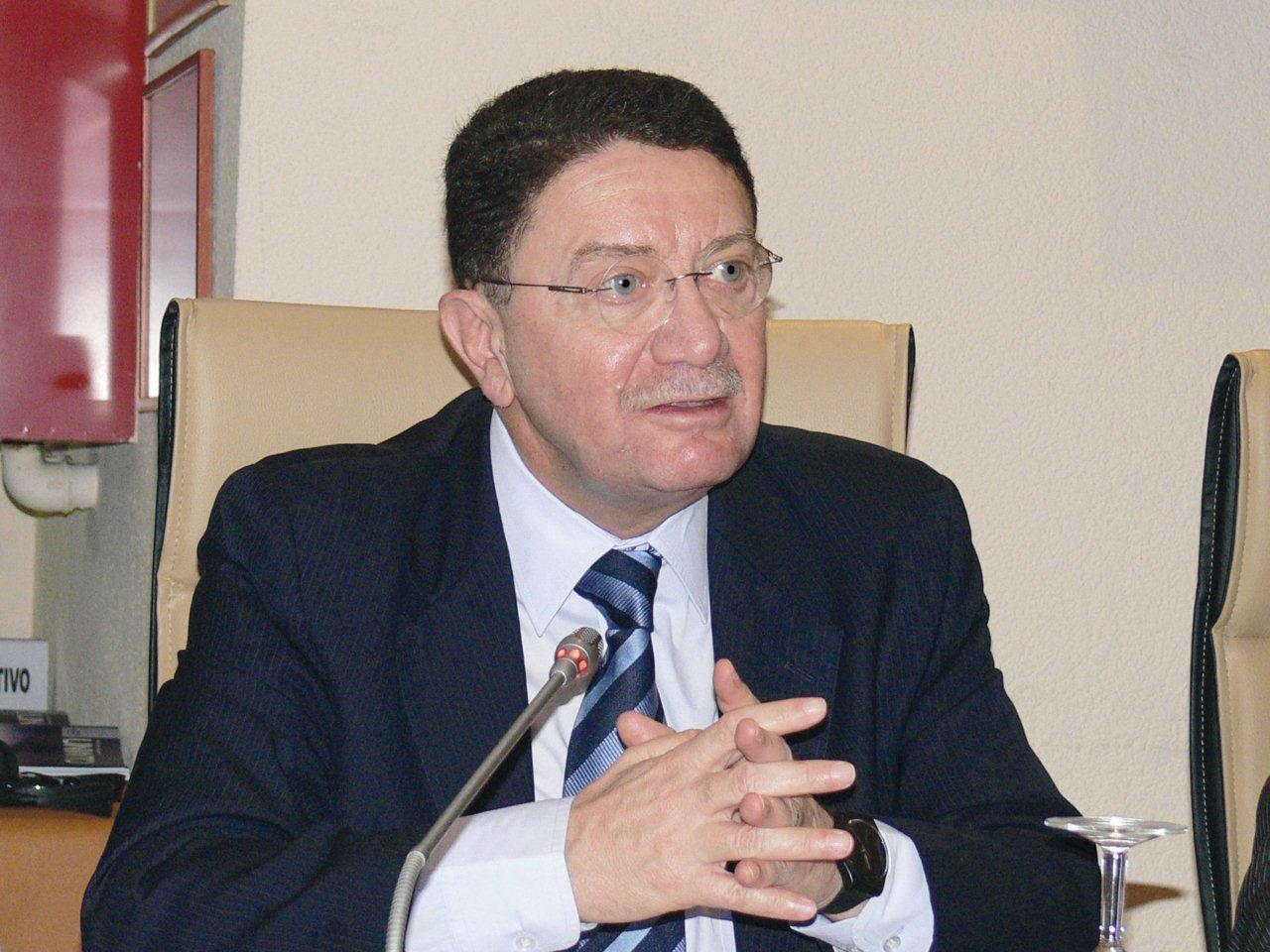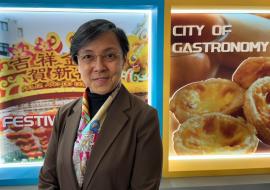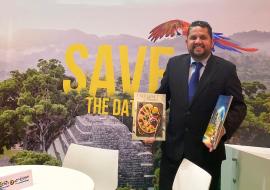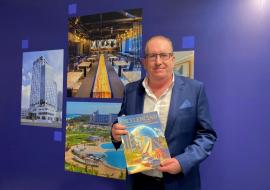Taleb Rifai, Secretary General of the World Tourism Organization

IN 1980, WHEN THE WORLD TOURISM DAY WAS FIRST HELD, THERE WERE 278 MILLION INTERNATIONAL TOURISTS TRAVELING EVERY YEAR AROUND THE GLOBE. TWO DECADES LATER THAT NUMBER HAS BEEN NEARLY MULTIPLIED BY FOUR.
The World Tourism Day was established 35 years ago in this very scenery. How do you think the industry has evolved ever since?
The travel industry has drastically changed over the past 35 years, thus beating the 1.000-million-tourist record in 2012 and counting 1.087 million last year.
The international tourism map has also significantly changed. The traditional destinations of Europe and North America have witnessed how emerging destinations, from Asia to Latin America, are gaining momentum in a highly-competitive international travel market. Europe still stands as the most-visited region on Earth with more than 50 percent of international tourists, but emerging countries have seen an extraordinary growth.
First of all, tourism is to be turned into one of the key socio-economic sectors of our time. It used to be an activity that just a few privileged people could afford, but it presently represents a billion-dollar economic sector, equivalent to 9 percent of the world GDP, 30 percent of service exportations and one out of eleven jobs worldwide. Furthermore, tourism has become a development tool, beyond the economic growth and job creation, by also contributing to the social development and poverty eradication.
Torremolinos was a pioneer in Spain when it came to establishing tourism as an industry. What do you think about the present development of this activity in the municipality and its Congress Palace?
Torremolinos’ gorgeous beaches and excellent climate have attracted tourists from every corner of Earth for decades. That’s why a strong brand has been established, thus helping Spain stand as one of the most important tourism destinations in the world and Torremolinos is the flagship of Mediterranean tourism in Andalusia.
Holding international events in its Congress Palace has a direct impact on the local economy and additionally benefits the positioning of Torremolinos as a destination.
What do you make of Euroal as an annual tourism meeting of countries from Latin America and Europe?
Euroal puts together the main actors from the travel industry and European and American experts. It represents the potential of Spain to reach out both shores of the Atlantic, by putting on the table the opportunity to show tourism products and share ideas and experiences that will undoubtedly help the travel industry face current challenges and make the most of the existing possibilities.
Five perspectives or ideas on the possible evolution of tourism in the near future.
1. Tourism is here to stay: International tourism is going to keep on growing in a sustained manner after it becomes part of the lifestyle of more and more people, as well as a human right. The WTO has foreseen that, by 2030, there will be 1.800 million tourists travelling around the globe every year.
2. The tourism map is changing: We are going to keep on watching the strong growth of emerging destinations. According to our long-term forecast, by 2030, 57 percent of international arrivals are going to be reported in emerging destinations, compared to 30 percent back in 1980.
3. Sustainability must become a normal value: It is to be an important part of tourism policies and market practices if we want to turn the sector into a true driving force behind social, economic and environmental development.
4. The benefits of tourism must be shared: We must work to have the benefits shared by the inbound communities and they are to participate in the decision-making process in terms of tourism development.
5. Tourism is innovation: Due to the technological revolution, the way people presently travel is far different from years ago. There is technology in every step of the trip – planning, buying and traveling – even the way we share our experiences, and this trend is certainly going to continue in the future.














